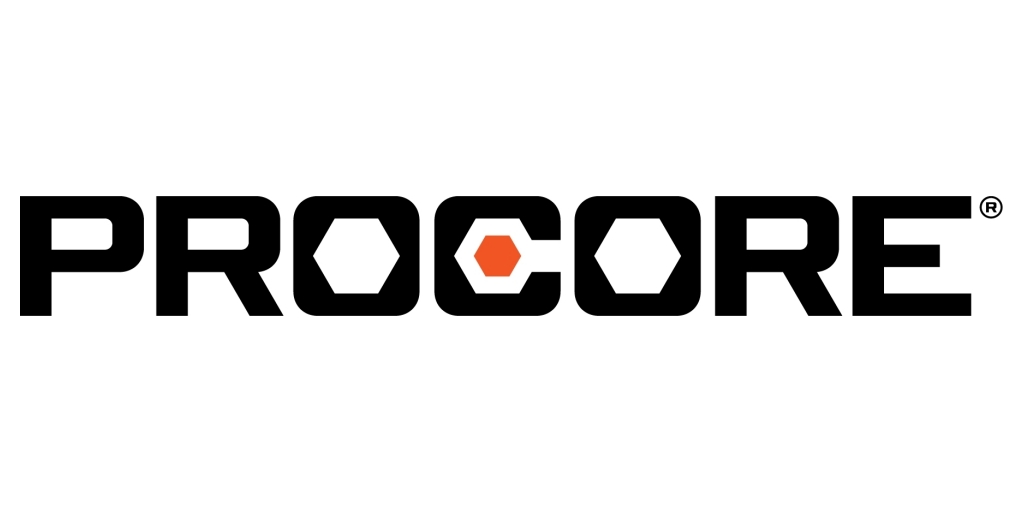
Remember the days of flip phones and dial-up internet? Now, imagine running your business on that kind of outdated technology—painful, right? Yet, many enterprises today are struggling with legacy applications that slow them down, frustrate their teams, and prevent them from scaling. That’s where the need for application modernization services comes in!
What is Application Modernization?
In simple terms, application modernization is like giving your old software a much-needed makeover. It involves upgrading outdated systems, migrating to modern platforms, and embracing cloud technologies to stay ahead of the curve.
And the demand? Skyrocketing!
According to the Deloitte Digital Transformation Survey 2020, 65% of leaders report that legacy systems are a major barrier to digital transformation, making application modernization essential.
Ignoring the need for modernization can be costly. Take Twitter Ads, for example—once bogged down by sluggish legacy systems, they embarked on an application modernization strategy. By migrating to cloud-based solutions, Twitter improved its scalability and user experience, proving that a well-planned application modernization roadmap can be the difference between thriving and merely surviving.
7 Signs Your Business Needs Application Modernization Services
1. Rising Maintenance Costs: IT Budget Draining Away
- Older systems require constant patching, specialized support, and frequent fixes, making them expensive to maintain.
- Example: Retail companies struggle with outdated POS (Point of Sale) systems that require costly maintenance while lacking advanced analytics.
- Solution: Migrating to cloud-native solutions reduces infrastructure costs and improves efficiency.
2. Performance Issues: Slow Systems, Slower Business
- If employees and customers face slow loading times or system crashes, business operations suffer.
- Example: Legacy banking applications struggle under heavy transaction loads, leading to delays and customer dissatisfaction.
- Solution: Modernizing core applications with microservices architecture ensures seamless transactions and improved user experience.
3. Security Vulnerabilities: A Breach Waiting to Happen
- Legacy systems are prime targets for cyberattacks due to outdated security protocols.
- Example: Many hospitals still operate on obsolete software, increasing the risk of data breaches and compliance violations.
- Solution: Upgrading to secure cloud-based architectures with built-in compliance features enhances data protection.
4. Integration Challenges: Struggling to Connect with Modern Tech
- If your systems don’t integrate seamlessly with cloud platforms, analytics tools, or third-party software, your business operates in silos.
- Example: The logistics industry depends on real-time tracking, but outdated systems often fail to integrate with GPS and IoT devices.
- Solution: Implementing modern APIs and cloud integration ensures real-time data flow and improved efficiency.
5. Poor User Experience: Employees and Customers Deserve Better
- Outdated, clunky interfaces frustrate employees and drive customers away.
- Example: Many airlines struggle with legacy booking systems that make ticket modifications slow and inefficient.
- Solution: Redesigning user interfaces with a modern application modernization strategy improves usability and customer experience.
6. Competitive Disadvantage: Falling Behind in the Game
- If competitors are leveraging AI, automation, and cloud technologies while you’re stuck with outdated software, you’re losing market share.
- Example: Brands like Amazon thrive on AI-driven personalization, while smaller retailers struggle with legacy eCommerce platforms.
- Solution: Modernization enables businesses to integrate AI-driven insights, automation, and enhanced customer engagement.
7. Scalability Limitations: Business Growth is Paused
- If your systems can’t scale to meet increased demand, you risk system crashes and revenue loss.
- Example: E-commerce companies struggle with outdated inventory management systems that fail during peak seasons like Black Friday.
- Solution: Modern cloud architectures ensure scalability, allowing seamless performance under heavy traffic.
How CLOUDSUFI Transforms Legacy Systems
Application modernization isn’t just about upgrading old systems—it’s about creating a future-ready foundation for businesses to innovate and scale.
At CLOUDSUFI, we focus on developing a strategic modernization roadmap that:
- Aligns with business goals
- Ensures a seamless transition from legacy applications to modern, cloud-native architectures
- Reduces costs, enhances performance, and improves security
With the right application modernization strategy, businesses can eliminate high maintenance costs, improve scalability, and enable seamless integrations with new technologies.
Is Your Business Ready for Application Modernization?
If your business is facing these challenges, it’s time to modernize and future-proof your applications. Let CLOUDSUFI help you build a transformation strategy that drives innovation and efficiency!
Key Takeout
With the right application modernization strategy, businesses can eliminate rising maintenance costs, improve scalability, and enable seamless integrations with new technologies.
| Problem | Solution |
|---|---|
| High maintenance costs | Reduce IT expenses with cloud solutions |
| Frequent downtimes | Improve reliability & system performance |
| Siloed data & poor integrations | Enable seamless communication across platforms |
| Security risks | Adopt AI-powered security & compliance models |
| Clunky UX | Upgrade to modern, user-friendly applications |





















